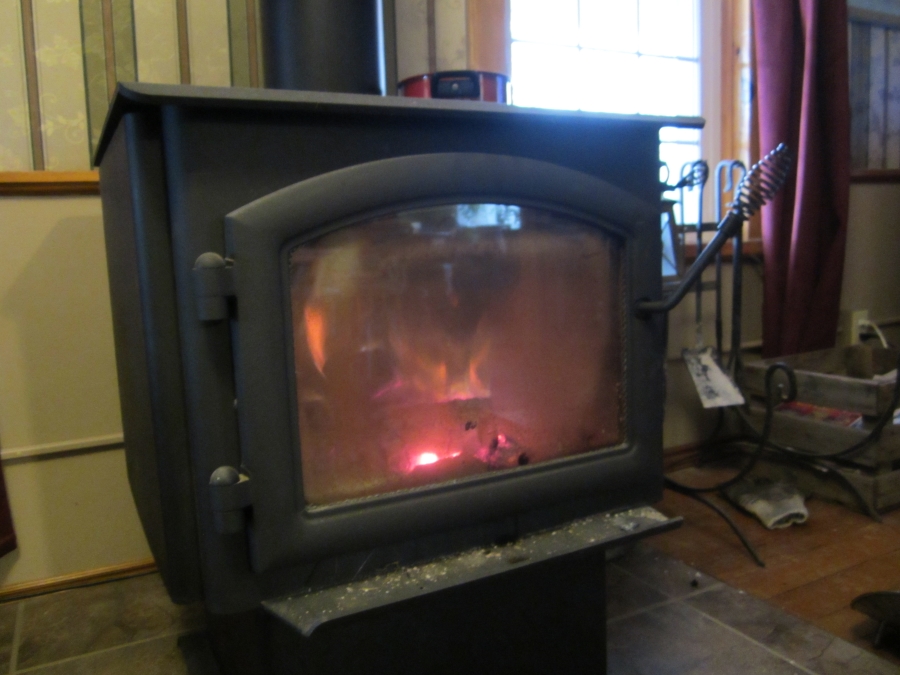Wood for the Wood Stove
There are lots of reasons to start thinking about adding some wood heat to your household. It is usually quite a bit cheaper, and it may even be close to free if you have enough land to harvest your own wood. And who doesn’t love the radiant warmth that you get from a wood stove?
I could talk about lots of aspects of heating with wood, but this page is more about the buying of firewood than anything else. I’ll go into the techniques of lighting and maintaining fires later.
Buying By the Cord
Buying wood can be a little complicated because of the terms used to describe a “unit” of wood. The term is cord, but there is a little variation on how much wood that actually is. The basic way to understand a cord is as a well-stacked pile that measures 4 x 4 x 8 feet in size. But then you have “bush cord” or a “face cord” to deal with.
A face cord is also 4 feet high by 8 feet long, but the width is usually just the width of one cut piece of wood (around 18 inches). That can roughly equal 1/3 of a standard cord. A bush cord is just another name for a full or standard cord that’s 4 x 4 x 8.
On the other hand, some wood-sellers may offer it up by the truckload instead. To compare, 1 cord of wood should weigh at least 2 tons. So if someone is selling a half-ton load of wood, that is about a quarter of a cord. Do a little comparison shopping to see who has the best deals.
Hard or Soft Wood?
Another thing you need to be aware of the is the type of wood. Firewood comes in to types: hardwood and softwood. Hard wood will burn hotter and longer, so your wood supply should be made up mostly of hardwood. Softwood does tend to light up a little quicker which makes it good for kindling and starter pieces. Here are some examples:
Hard: oak, beech, ash, walnut, apple, maple
Soft: butternut, spruce, fir, cottonwood, poplar
Unfortunately, it is very hard to tell once from the other when it is cut and split in front of you. You can with a little experience, but if you’re a novice, you’ll just have to trust the wood-seller.
Stay away from treated wood, particle board or anything else that is going to be loaded with chemicals. It’s not good for the air inside your home, and it can deposit residues on the inside of your stove pipe chimney. But as long as the wood is clean and unprocessed, you can burn it. That includes any branches or twigs you have in your yard on up to broken wooden furniture. Paper and cardboard can also be burned though heavily glossy pages should be kept out (those toxic chemicals again).
How Much?
I can’t really answer that because it varies by the size of your home, the type and location of your stove, the type of wood you’re burning and the typical weather you get. We use 2 cords per year but also use an oil furnace for the nights. Its not uncommon here in southern Canada to need 5 or 6 cords each heating season.
So this should get you on your want to getting some wood for your stove.
